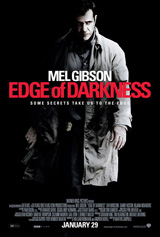As discussed last week, pronouns serve as substitutes for nouns and so are used in the same way—as the subjects of clauses, objects of verbs or prepositions, or possessives. However, there are some guidelines on where a pronoun should appear in a sentence.
Usually, a pronoun follows its antecedent:
Last weekend, Ann traveled to San Francisco to visit a friend whom she hadn’t seen in a long time.
Ann texted Francesca and agreed to meet her in the city.
Ann hadn’t seen Francesca since before her friend’s daughter was born.
A pronoun can appear in a sentence before its antecedent if the phrases like, as do, or as have are involved:
Like her friend, Francesca was looking forward to their reunion.
Some writers also place pronouns before their antecedents to hint at a point to be made later in the sentence, but this forces readers to wait to find out what or whom is being talked about and so can be confusing:
Whether they would stay in or go out, Ann and Francesca were just glad to see each other again.
Me, Myself, and I
Finally, there’s no rule about where to place a first-person pronoun in a list, but good manners dictate putting oneself last:
Ann, Francesca, and I enjoyed reminiscing about old times and catching up on new news.
John cooked dinner for Ann, Francesca, and me while we visited.
Good food and good wine contributed to Ann’s, Francesca’s, and my good time.
Do you have a question about pronouns? Let me know, and I’ll include it in a future installment of Mots Justes’ ongoing series.
The Mots Justes Series on Pronouns
Resources
Chicago Manual of Style, The. 15th ed. Chicago: The University of Chicago Press, 2003.
Fogarty, Mignon, Grammar Girl’s Quick and Dirty Tips for Better Writing. New York: Holt Paperbacks, 2008.







